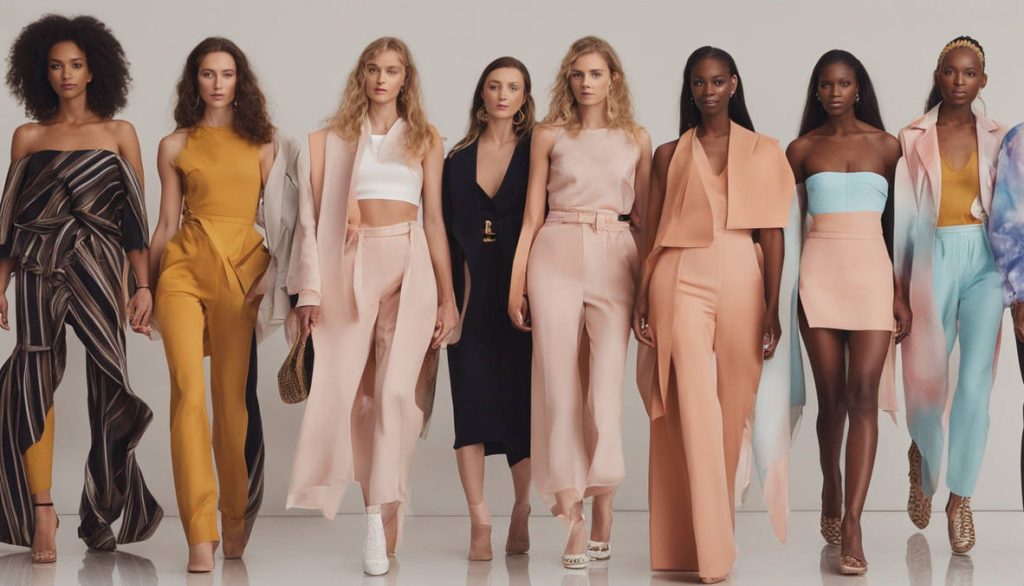Stuffed animals and cute kawaii clothing have become much more than just childhood memories and cosplay outfits. They are now symbols of a lifestyle that embraces joy, nostalgia, self-expression, and a soft aesthetic that resonates globally. From fashion influencers to lifestyle bloggers and collectors, people are blending soft plush toys with pastel, oversized outfits in ways that define modern cuteness culture.
Whether you’re designing your next look, upgrading your room’s aesthetic, or just indulging in cozy escapism, the union of plush toys and kawaii fashion delivers a delightful emotional and visual experience that continues to inspire all ages.
Why Stuffed Animals Still Matter in 2025
Stuffed animals are not just for kids anymore. They offer warmth, personality, and emotional comfort across all age groups. Here’s why they continue to grow in popularity:
-
Emotional Security: Hugging a soft plush toy can reduce stress and anxiety.
-
Design Appeal: From minimalist Scandinavian-style plushies to detailed anime-inspired animals, they fit every aesthetic.
-
Decorative Versatility: Modern plush toys double as interior decor, often displayed on beds, shelves, or workspaces.
In the kawaii lifestyle, stuffed animals are companions, accessories, and mascots. Many kawaii enthusiasts name their plushies, dress them up, and include them in daily routines and social media posts.
What is Cute Kawaii Clothing?
Originating from Japanese street fashion, cute kawaii clothing embraces an aesthetic that’s youthful, pastel-colored, and often oversized. It includes:
-
Feminine Elements: Ruffles, bows, lace, and flared skirts.
-
Cartoon & Animal Prints: Characters like Hello Kitty, Rilakkuma, and other soft mascots.
-
Playful Themes: Food items (like strawberries and cupcakes), magical creatures, or celestial bodies.
-
Soft Textures: Fluffy sweaters, fleece hoodies, and velvety fabrics.
This clothing isn’t just about visuals — it’s about feeling cute, confident, and connected to a carefree, joyful version of yourself.
The Connection Between Stuffed Animals and Cute Kawaii Clothing
Combining stuffed animals with cute kawaii clothing is more than aesthetic — it’s cultural storytelling. Here’s how the two naturally go hand in hand:
-
Thematic Consistency
Kawaii fashion often reflects themes you also find in plush toys — animals, desserts, and mythical creatures. -
Interactive Styling
Kawaii fans often match their outfits with plush toys, even sewing matching clothes for their plush companions. -
Photo Appeal
Plushies enhance kawaii fashion photoshoots. Whether clutched in hand or peeking from a purse, they add personality. -
Event Culture
At anime conventions and fashion shows, many attendees coordinate plush toys with their kawaii outfits, making them a central part of their presentation.
Leading Brands and Collaborations
Many well-known brands and independent designers are blending these two trends by creating collections that celebrate both:
-
Sanrio x Fashion Collabs: My Melody and Cinnamoroll themed hoodies paired with matching plush bags.
-
Kawaii Snuggle: Offers pastel clothing lines designed around plush themes like pudding, boba tea, and animals.
-
SpreePicky & ACDC Rag: Known for selling plush-infused jackets and dresses with adorable bear and bunny accents.
This integration transforms fashion into an experience — where your outfit, accessories, and stuffed friend are all connected in theme.
How to Style Stuffed Animals with Cute Kawaii Clothing
Want to join the trend? Here are some practical and creative ideas to style plushies with your kawaii wardrobe:
1. Plush Bags & Accessories
Use plush-shaped bags or backpacks — think bunny purses or strawberry pouches — that double as toys and functional fashion.
2. Match Your Plush
Wear a shirt or hoodie with a theme or color scheme matching your plush toy. Bonus points if your plush wears a matching outfit!
3. DIY Outfits for Plushies
Many fans craft or buy mini kawaii clothing for their plush companions and use them as “twinning” fashion partners.
4. Photo Props
Use plushies as props for selfies, mirror outfit shots, or even outdoor shoots to emphasize your kawaii aesthetic.
The Psychology Behind the Kawaii-Plush Trend
There’s a reason this combo resonates so deeply. Psychologists suggest that kawaii aesthetics and soft plush items stimulate emotional responses such as:
-
Comfort and Security: Oversized clothes and cuddly toys can create a sense of safety.
-
Positive Nostalgia: Tapping into childhood emotions makes people feel happier and less stressed.
-
Creative Freedom: Kawaii fashion, unlike mainstream styles, allows for complete self-expression and playfulness.
In a world where anxiety and pressure are high, embracing softness becomes a form of emotional resistance.
Where to Shop
If you’re ready to embrace the kawaii lifestyle, here are trusted places to find high-quality stuffed animals and cute kawaii clothing:
Top Kawaii Brands
-
For themed plush collections and pastel fashion.
-
Tofu Cute – Known for their plushies and snacks.
-
ACDC Rag – Harajuku-inspired colorful fashion.
-
Etsy – For handmade and custom kawaii pieces.
Tips for Buyers
-
Look for hypoallergenic materials in plush toys.
-
Choose oversized hoodies or skirts for that authentic soft kawaii silhouette.
-
Always check customer photos for styling ideas.
Sustainable Kawaii Fashion
As kawaii culture grows, so does the movement for ethical consumption. Many indie kawaii fashion brands now offer:
-
Organic Cotton Clothing
-
Recycled Fiber Plush Toys
-
Upcycled Fashion Pieces
Supporting small creators not only keeps your aesthetic unique but also helps reduce fast fashion’s environmental impact.
Conclusion
The delightful pairing of stuffed animals and cute kawaii clothing isn’t just a passing trend — it’s a lifestyle that continues to enchant audiences across the globe. It merges fashion, emotion, and storytelling into one cohesive aesthetic that allows individuals to express their creativity, indulge in comfort, and share joy with others.



